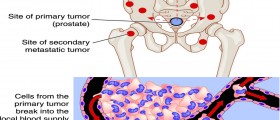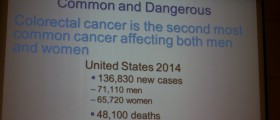
Irksome enemy
Just like any type of cancer, the prostate cancer is most certainly something every person dreads, no matter how full of life he/she is. As the name points out, its target area is the prostate, which represents a gland in the human body, in the male reproductive system to be more precise. When it comes to this specific type of cancer, the greatest number of them tends to develop and progress at a fairly slow pace, but just like with any ailment, there are also certain exceptions to this rule. Such instances are known as the aggressive prostate cancers. One extremely severe side effect of the cancer variety in question is that it has the ability to metastasize and move on from the prostate to the different parts of the person's body. Other most affected areas include the bones and the lymph nodes.
Among those most frequently occurring manifestations of this specific type of cancer are quite severe pain, complications and inability to urinate properly, complications in the course of a sexual intercourse, erectile dysfunction etc.
Facts and figures
According to the statistical data on a yearly basis, as much as one million prostate cancer biopsies is performed on the soil if the United States of America only. Out of this, as little as 25% do prove to be negative, meaning that they show the presence of cancer. However, this is not the end of the line. Namely, out of the remaining 75%, approximately 33% do turn out in the end to be false negative results. What this shows is that, as much as one quarter of men undergoing a biopsy are given green light after the test, despite the fact that they do actually have prostate cancer.
From this perspective, no one is going to say that this method is reliable. What is constantly implied is that the results as such do not point out to any irregularity with the biopsy as such, but what they do reveal is the need to pinpoint those persons who, despite the fact they were negative after the initial testing, they are still at risk of developing cancer and should thus undergo another biopsy for the purpose of either confirming their health or presence of cancer.
One of the biggest downsides, however, is that until the present day, there did not exist any less complicated way of discovering who those people at risk actually are. What has the latest research study involving 500 people showed is the possible presence of prostate cancer in a new manner, which might shed more light on the entire matter, once the result become official.
- www.nhs.uk/conditions/prostate-cancer/diagnosis/
- www.nhs.uk/conditions/prostate-cancer/psa-testing/
- Photo courtesy of Steven Fruitsmaak by Wikimedia Commons: commons.wikimedia.org/wiki/File:Prostate_middle_lobe_orig.jpg



_f_280x120.jpg)













Your thoughts on this
Loading...